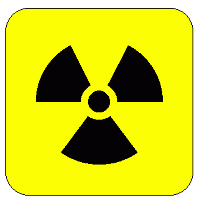Physics and engineering faculty members at Oregon State University (OSU) in Corvallis have invented a new radiation detection and measurement device that they say can help clean up sites with radioactive contamination, making the process faster, more accurate and less expensive. The university says a patent has been granted for the device and has begun the commercialization process.
David Hamby, professor of health physics, and Abi Farsoni professor of engineering at OSU, developed the radiation spectrometer over the past 10 years. Their device detects both gamma and beta radiation, which before required separate devices, as well as time-consuming chemical tests. Before this device, accurate results took up to a half-day; with the spectrometer, results are available in 15 minutes.
The detector can tell the type and amount of radionuclides that are present in something like a soil sample -– contaminants such as cesium 137 or strontium 90 — that were produced from reactor operations. And it can distinguish between gamma rays and beta particles, which is necessary to determine the level of contamination. The speed of returning the results also makes it possible for authorities to frequently test possible contaminated areas, which older technology did not allow.
The university has contracted with Ludlum Instruments, a Sweetwater, Texas, manufacturer, to produce the first instruments, and the OSU Office of Technology Transfer is seeking a licensee for commercial development. A Corvallis-based spinoff company, Avicenna Instruments, created from the research done by the OSU faculty, will build the electronic systems in the device.
* * *


 RSS - Posts
RSS - Posts
You must be logged in to post a comment.